How to Build a Computer (KCTC 3rd)
by JonathanW162 in Circuits > Computers
837 Views, 12 Favorites, 0 Comments
How to Build a Computer (KCTC 3rd)
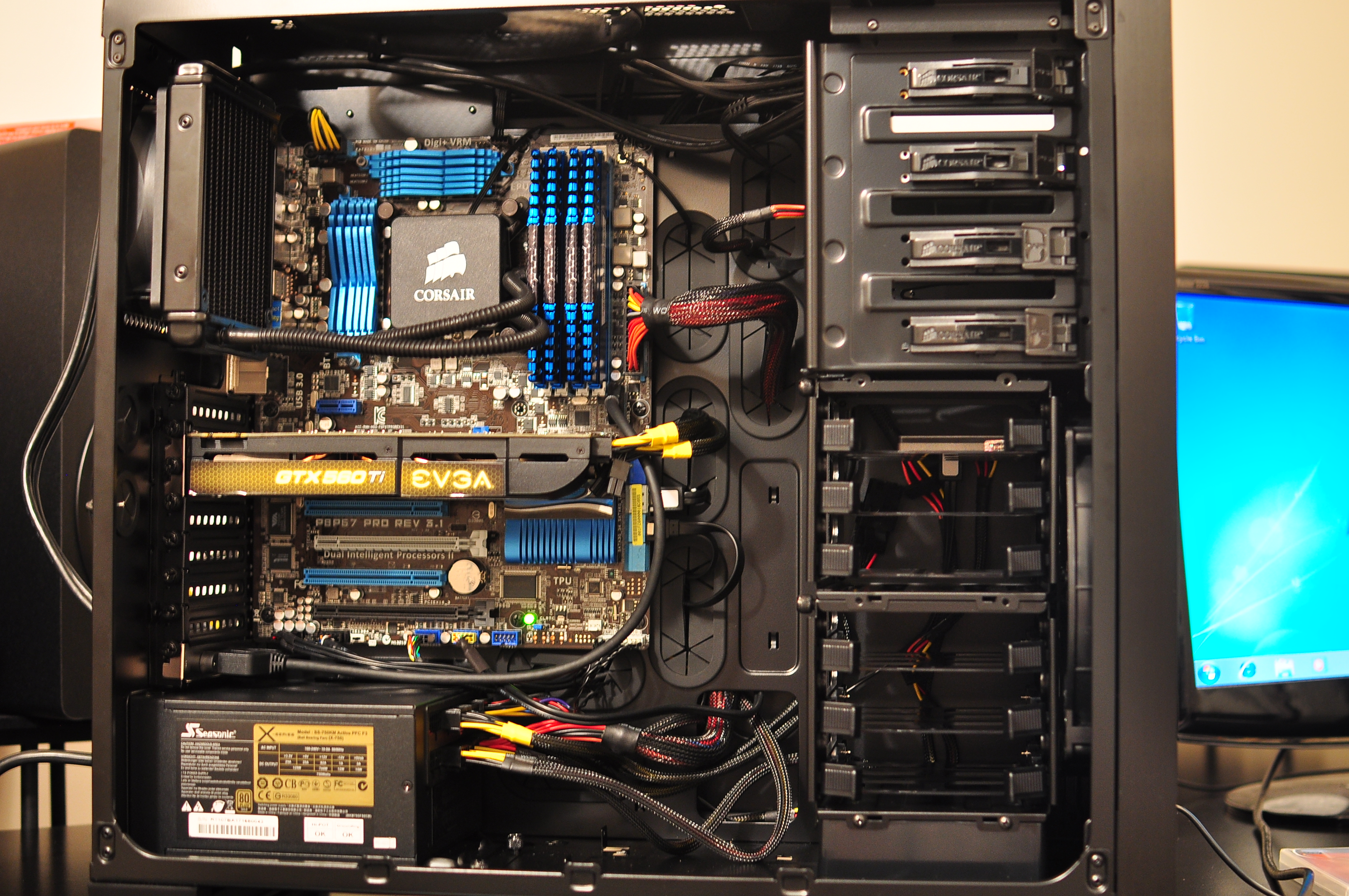
In this guide you will be walked through all of the steps to build a working desktop computer.
Here is a list of components required:
1. Case
2. Motherboard
3. Power Supply
4. CPU + Heat sink
5. RAM
6. GPU (May not be required if CPU has iGPU)
7. HDD/SSD
Preparing Work Area
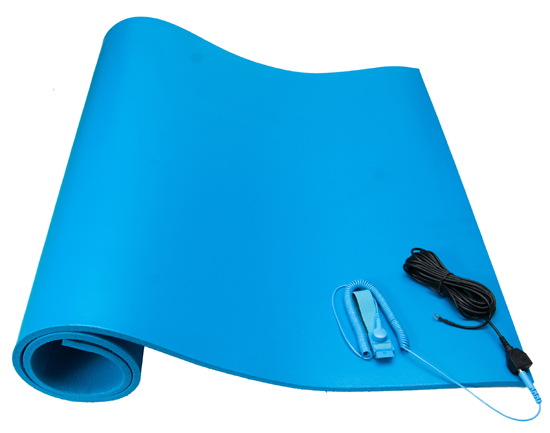
When building a computer it is not imperative, but recommended to avoid using a surface that conducts electricity. An anti-static mat or wrist strap is the most common way to prevent ESD from damaging your system. It's also recommend to use a magnetic tray for screws.
Installing CPU and Heat Sink

Firstly, remove the plastic cover on the socket on the motherboard. Pull up the retention arm and the lid to expose the socket. Then align the arrow on the corner of the CPU to the arrow on the socket enclosure. Set the CPU in the socket without using any insertion force. lower the retention arm and enclosure on the CPU and position the arm on the hook to keep the CPU secure.
As for the heat sink, the first step is to apply thermal paste if not included on the bottom of the heat sink/waterblock. Take the thermal compound and apply a pea sized dot to the middle of the heat spreader on the CPU. Then take the heat sink and set it onto it followed by securing it with the respective method indicated by the CPU manufacturer. For Intel you will align the four pegs and press down. For AMD you will secure the two latches and flip the arm to lock it in place.
Installing RAM/Memory
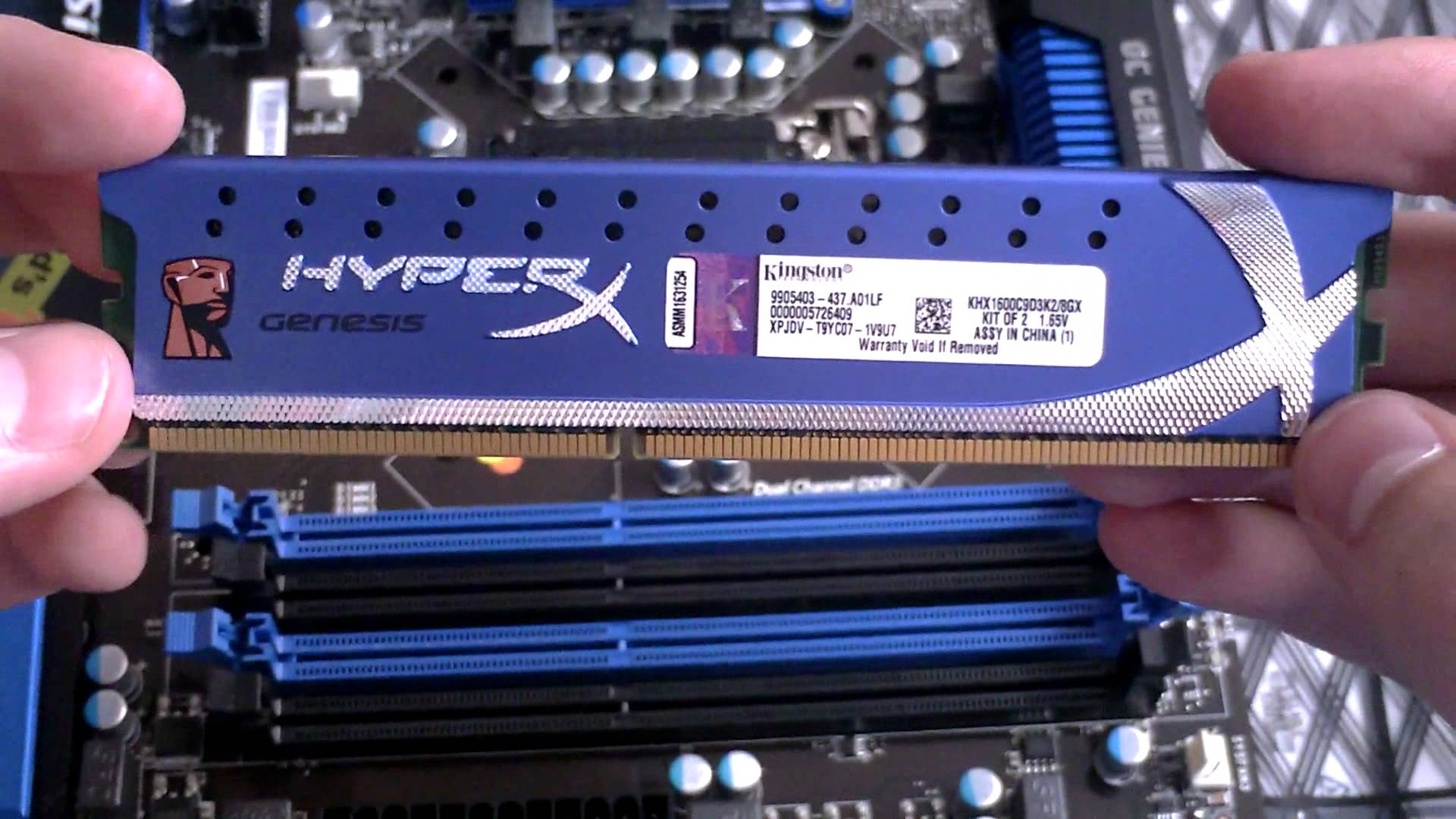
Firstly, press on the clips on the DIMM slot to open them. Then reference the motherboard or motherboard manual to determine which slots to use for single channel or duel channel depending on what you are using. Align the RAM module to the slot using the notch on the DIMM and slot as a reference. Then once the module is set onto the slot press down onto both ends until you hear an audible click.
Installing the Motherboard
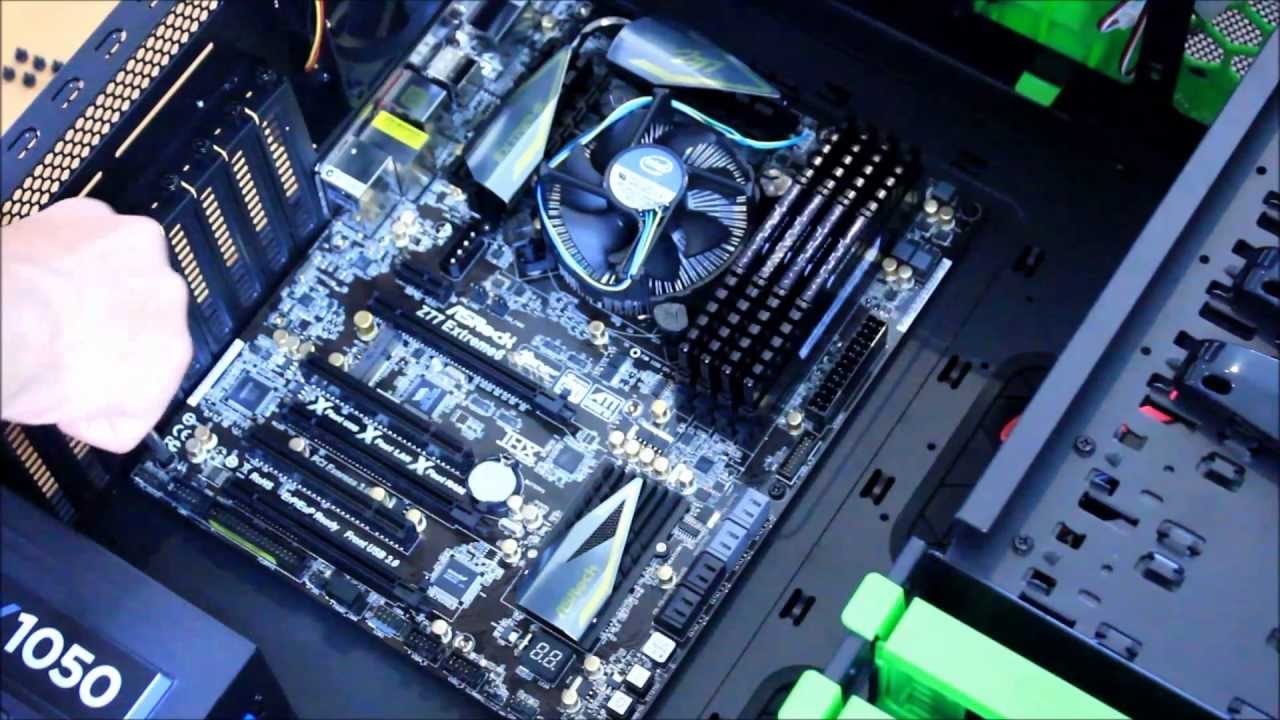
Check to make sure the stand-offs are installed in the correct position that corresponds with the holes on the motherboard. Also make sure to insert the metal I/O shield on the back of the case.
Carefully lower the board into the case and align the screw holes to the stand-offs and screw it into place.
Installing HDD/SSD
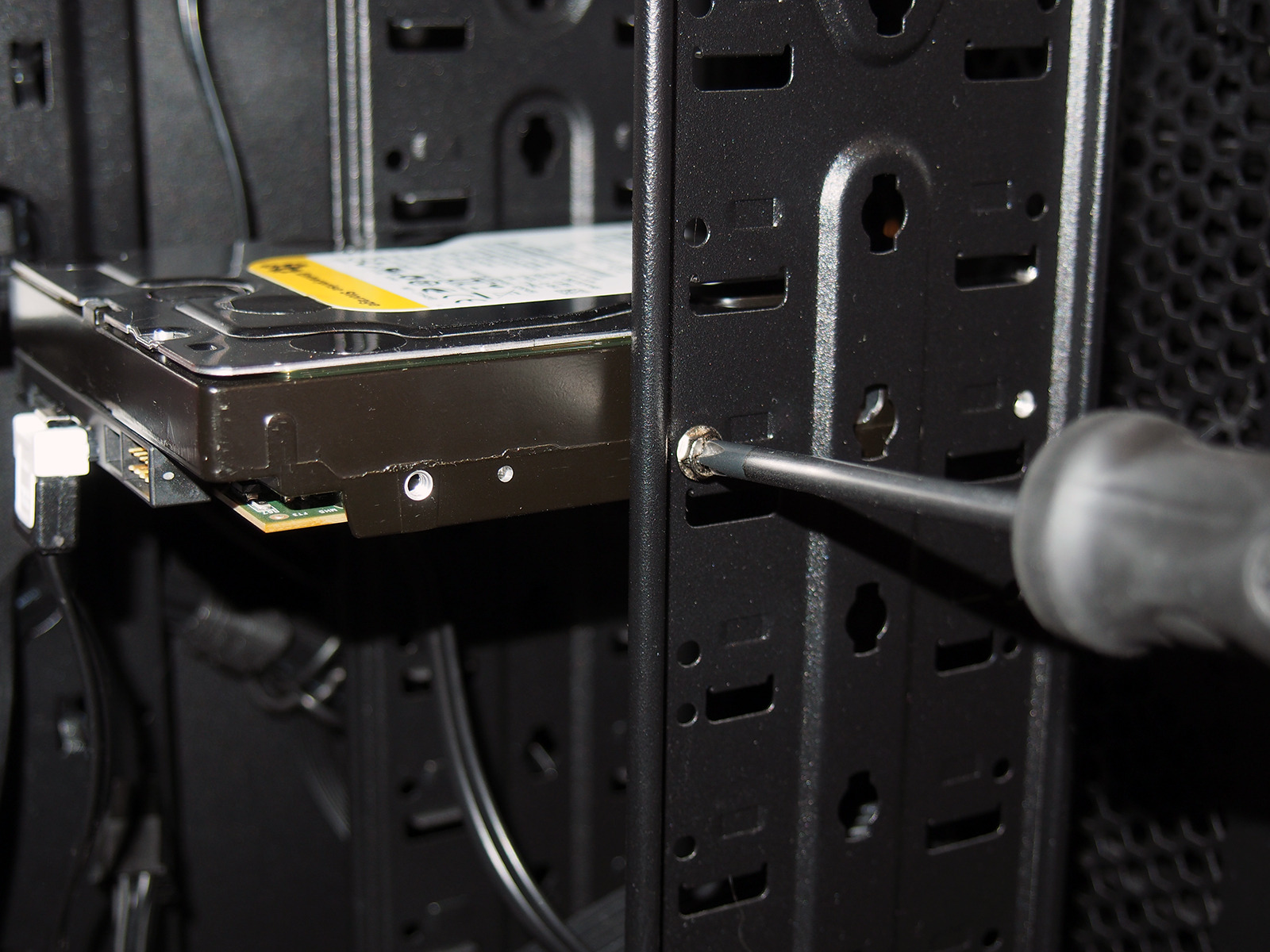
Place the drive into the enclosure provided by the case and screw in any required screws if it is not tool-less. Then plug in the sata cable and connect the other end to the motherboard.
Connect Front Panel I/O Cables
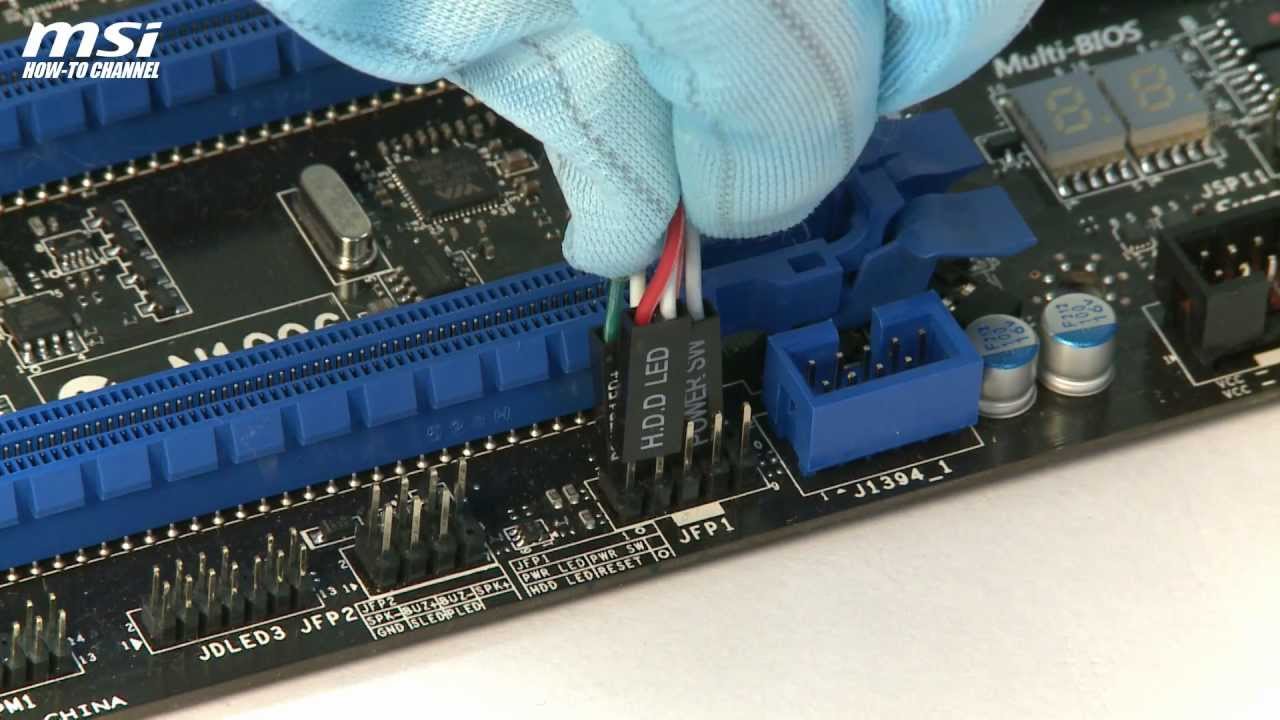
Reference the motherboard manual to see where each pin should go. Connect the small pins with the correct negative and positive ends for the power button, power LED, HDD LED, reset switch, etc.
Then plug in the front panel USB along with audio jacks which should be labeled on the bottom of the motherboard.
Installing GPU

Firstly, remove the metal piece on the case that will reveal an opening for the video output. Then align the GPU with the PCIe x8 or x16 slot on the motherboard and push the card into the slot. An audible click will be heard to assure that it is fully inserted. Then screw in the card to the case. Any additional power cables should be plugged in from the power supply which is up next.
Installing Power Supply
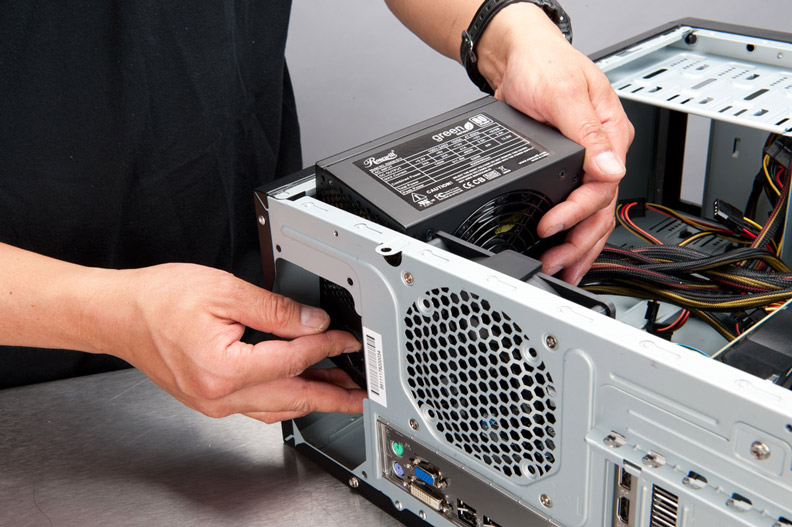
Many cases have different ways to install a power supply. When in doubt check the manual for the case. In this tutorial the most common way will be used.
The power supply will be inserted into the case on either the top or the bottom in the back. Align the power supply with the four screw holes on the case and secure it. Then plug in the 24 Pin cable to the motherboard, the Sata Power to the HDD, the CPU power to the top of the motherboard, and any additional power to an expansion card.
Testing the PC
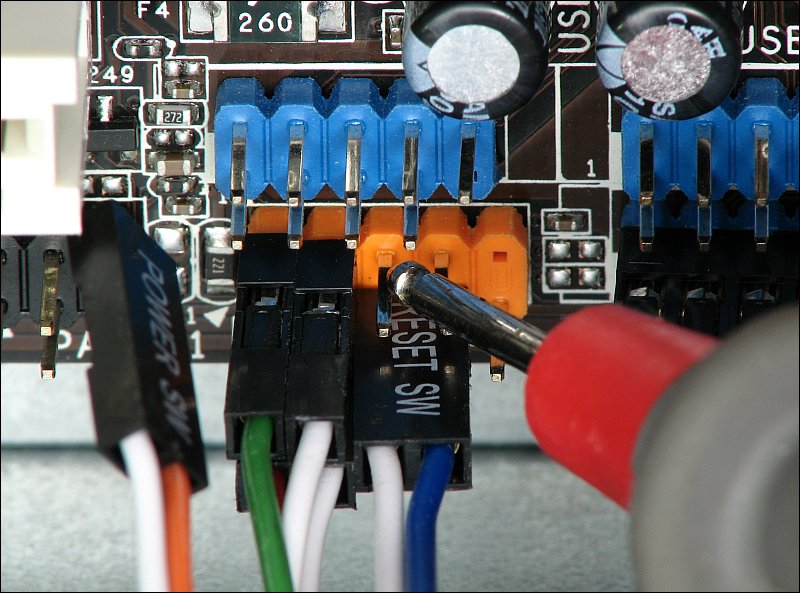
After all these steps have been completed, screw the side panels onto the case.
Make sure that the power supply is set to the correct voltage and the switch is turned on. Finally press the power button on the case. If it is not working it is likely that the power button on the case is not plugged in correctly. You can test this by using a screw driver or any other piece of metal to short the two pins by touching them both at the same time.